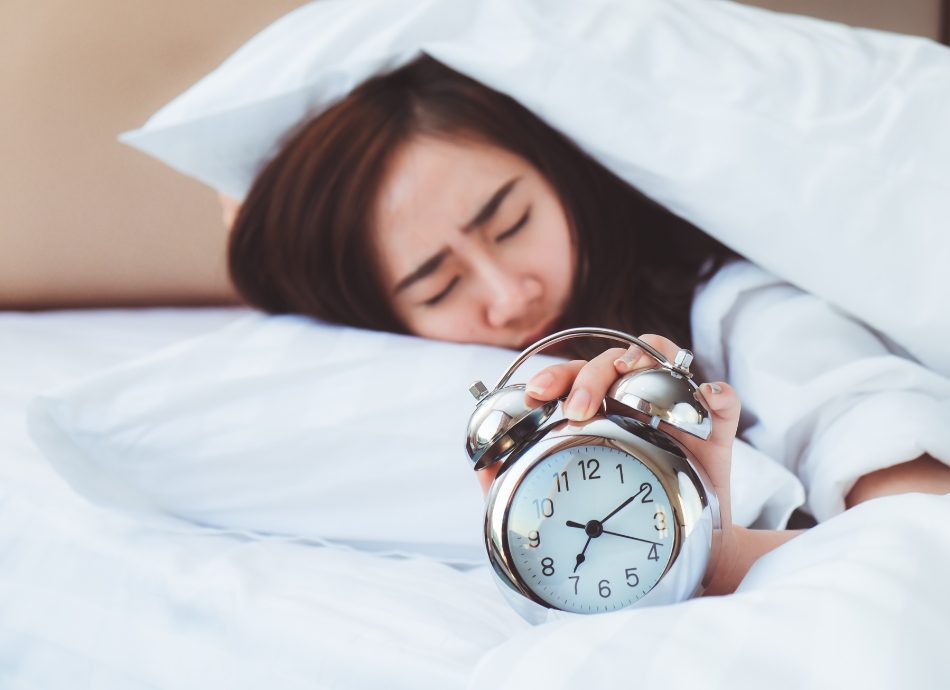The goal of treatment for DSPD is to shift your sleep-schedule to an earlier time and keep to it. Treatment usually starts with improving sleep hygiene (see below) and you may need to reset your sleep routine.
Bright light therapy in the morning
Research shows that bright light exposure, either through natural sunlight or from a light box, in the first 1 or 2 hours of the morning helps to re-set your circadian rhythm. With your circadian rhythm re-set, you should fall asleep earlier and wake up earlier.
It's important to note that the bright blue light from computer screens can lower your natural melatonin levels and stop you from feeling as sleepy at night. For this reason, you should avoid using your computer or other electronic devices for 1 hour before your planned bedtime, and set devices to limit the amount of blue light emitted. You should also avoid bright light during the evening hours.
Improving sleep hygiene
Sleep hygiene refers to your lifestyle routines and bedtime environment that make it easier or harder to get better quality sleep. Changes you can make to improve your sleep hygiene include:
- Avoiding TV, computer screens and mobile phones for an hour or two before bed, as the artificial blue light interferes with your natural cues to sleep.
- Not using your bed as a place for work or catching up on social media.
- Making sure your bedroom is cool, dimly lit or dark and as quiet and comfortable for sleep as possible.
- Getting enough exercise and light during the day – exercising outdoors early or in the middle of the day (but not too close to your bedtime).
- Going to bed at the same time every night – it's important that you keep your bedtime and wake up time as constant as possible. Try not to have a big difference between your schedule on weekdays and weekends (no more than 2 hours).
- Creating your own bedtime ritual (eg, if you worry about things to do tomorrow, to write them down, making a hot, milky drink or taking a warm bath) and starting your ritual at the same time each night.
- Reducing or avoiding caffeine, cigarettes and alcohol, especially in the evenings.
Read more tips to improve your sleeping habits and use the information and worksheet in Te Kete Haerenga and sleep to help you work on your sleep patterns and behaviours.
Melatonin supplements
Melatonin supplements may be used to readjust your body clock to the desired time by taking it in the hours before your bedtime. Talk to your healthcare provider about whether melatonin is an option for you. Read more about melatonin.






